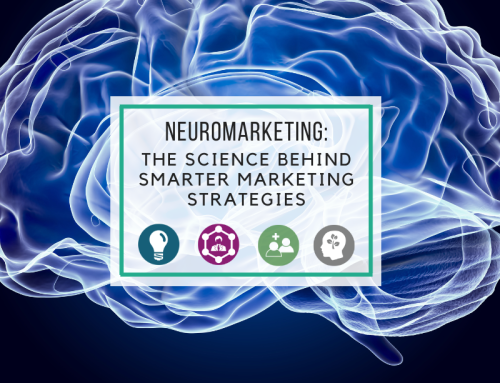Cold calls. Junk mail. Spam email. Clickbait. TV and radio ads. Online ads that interrupt or delay your chosen online content. These are all prime examples of the traditional, but old way of marketing known as interruption marketing. By definition, interruption marketing interrupts the audience in such a way they must stop what they are doing to pay attention to the (often unwanted) advertisement message. Did you know it takes about 25 minutes to refocus after being interrupted? In some countries, interruption marketing is actually illegal!
In the case of interruption marketing, the goal of the marketer is to create an ad that will make you pay attention, but in the age where every marketer is battling for the audience’s attention, interruption marketing may do more harm than good to your business. Consumers are so bombarded with marketing information on a daily basis that they are more likely to tune out all the noise, but then nobody wins.
If you’re still relying on the tactics of interruption marketing, just stop. There is a better way.
Enter permission marketing. Defined by Seth Godin as anticipated, personal and relevant, permission marketing is about creating relationships with the people who are truly interested in your message. Permission marketing gives consumers and customers the ability to opt in or opt out. As a marketer, you only advertise to those who will truly benefit from the information or service you are sharing.
Let’s be clear. This isn’t to say that there aren’t times where you shouldn’t be advertising — but you should make every attempt to reach a targeted market rather than blasting your message to the world. Take responsibility to build rapport with your audience with truthful messages, rather than clickbait or other such misleading messaging designed with the sole intent of getting the click. Today, more than ever before, we have the data to customize our message to the audience we think will most benefit from our product or service. It is your responsibility to get the word out to those who may be helped by your product, but use this platform wisely.
What does permission marketing look like? Here are a few common examples:
- Opt-in email or text messaging
- Registration required to receive information from a particular website or source
- The option to subscribe to a newsletter, playlist or YouTube channel
- Entry forms for a giveaway or sweepstakes
Today, the average person is inundated with a deluge of information — one study suggests people are overwhelmed with the equivalent of 34 gigabytes of information on a daily basis. Successful marketing and sales in 2019 is all about building a relationship with your prospective customer. How obnoxious or intrusive are you being? It’s not about being the loudest voice in the marketplace, and the old adage “the squeaky wheel gets the grease” doesn’t apply to marketing today.
In a world full of distractions, your intended audience will notice how you conduct yourself, even in the smallest of details. Permission marketing isn’t just more effective, it’s more genuine. It is a natural evolution in marketing based on changing buying patterns. Quality over quantity. Less is more. Just because you have a list of emails doesn’t mean those individuals want to hear from you. Genuine permission isn’t based on assumptions, but rather communications that occur because the audience asked for them.
Don’t be the squeaky wheel.






[…] want to keep marketers at arm’s length. They do not want to constantly be interrupted. They choose their own interests and will gladly message you about those interests. As Peter Lisoskie, founder of CREATION Inc, and […]